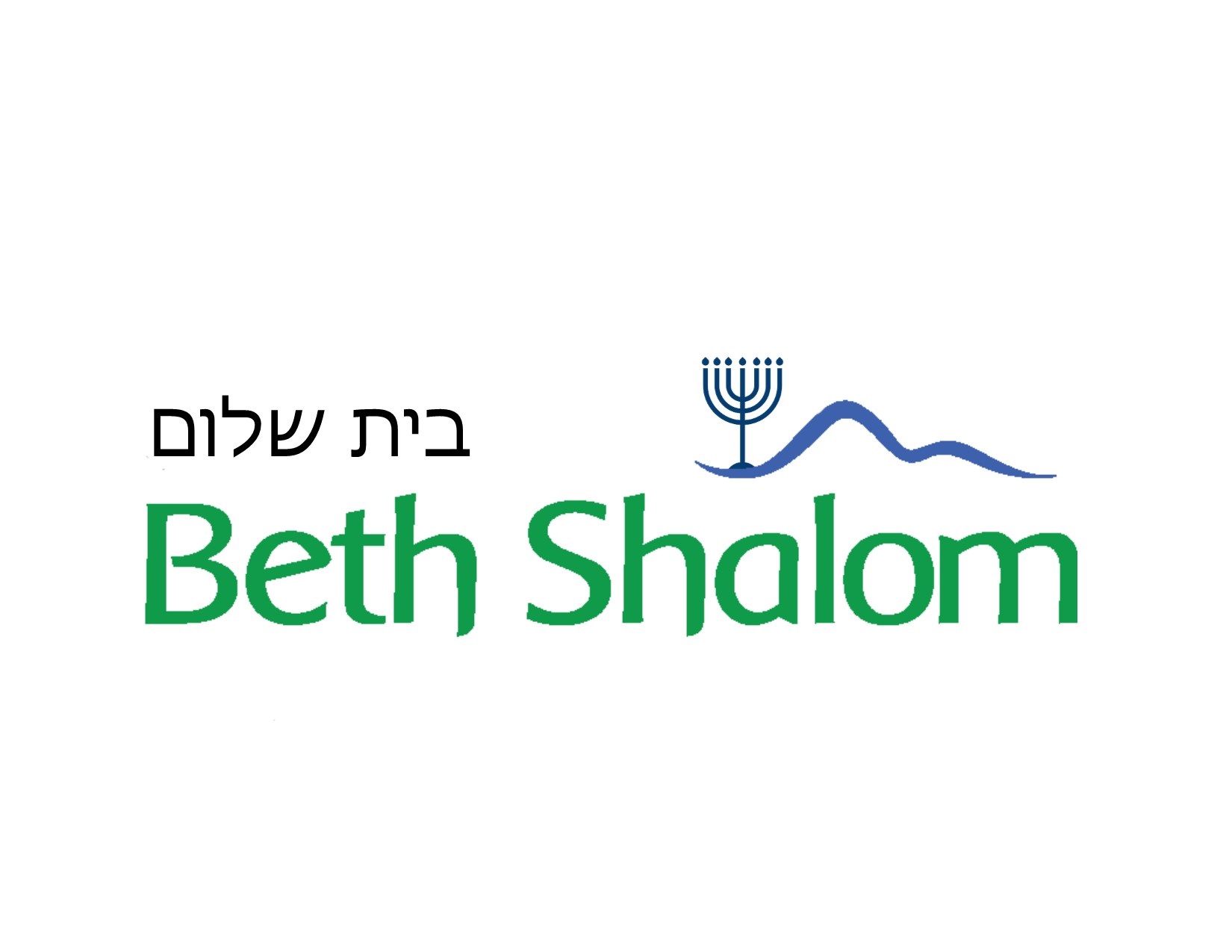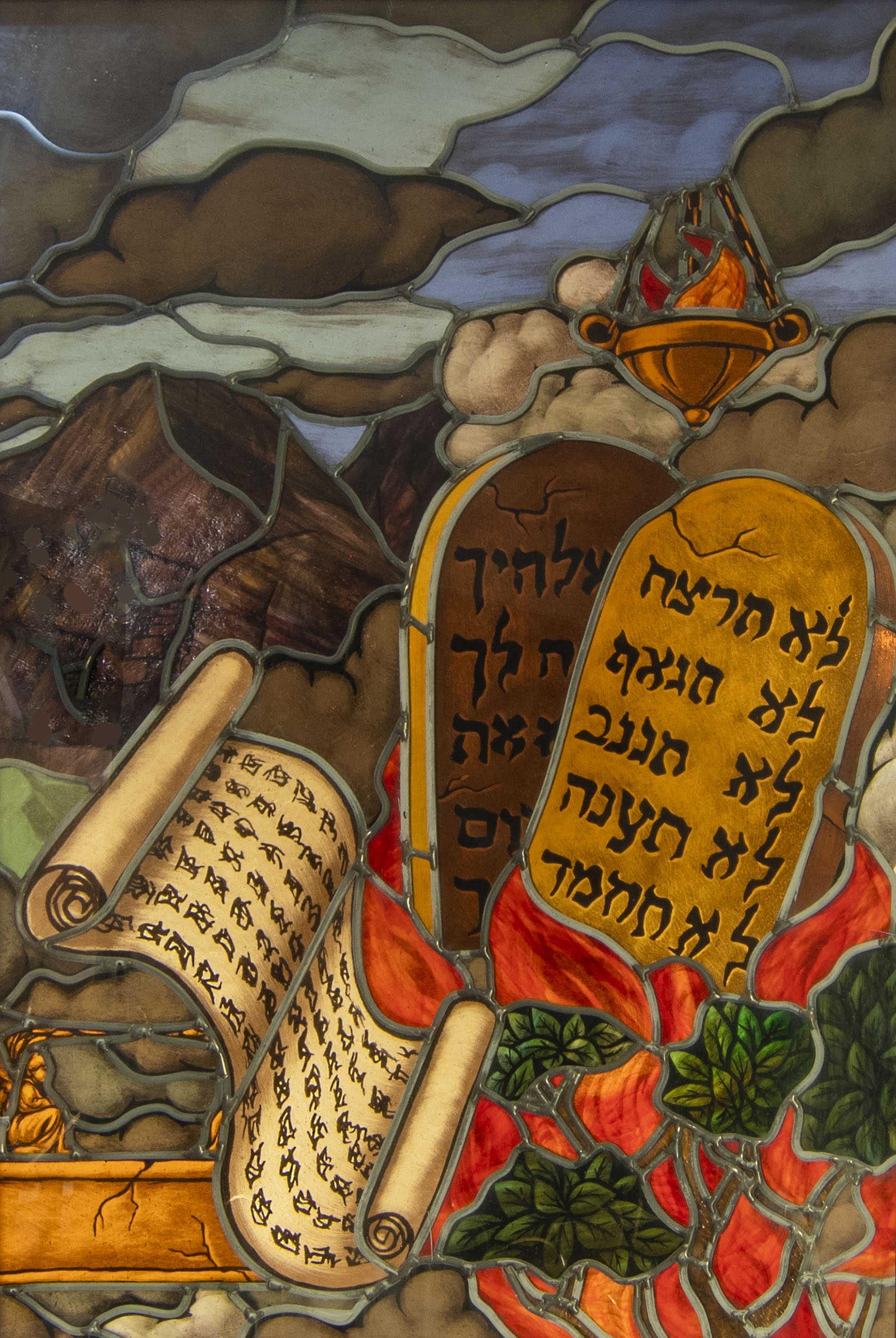A Key to the Gate
Each word in the High Holy Days Mahzor [the particular name for a holiday prayerbook] is a kind of key, providing surprising access to hidden worlds, the worlds of the soul and of the spirit. But, most of us do not yet quite know how to use those keys to open the locked gates. Most of us will read or mouth those ancient, cryptic words, while our spirit and soul, which we so much wished and hoped would awaken to a new vitality and might even soar to new heights, remain, instead, in slumber and confusion. The secrets of prayer cannot be learned without experience, practice, and, yes, a certain amount of frustration, Nevertheless, here are some general guidelines for deepening your prayer experience, offered in the hope that through the metaphoric gates that are opened on Yom Kippur between Kol Nidrei (which prefaces the day) and Neilah (which marks its completion), our prayers might rise and our hearts be opened to potential new connections, connections that only prayer can bring about.
Some suggestions, then, for how to approach prayer:
1. Don’t get stuck on the words. To put it differently, do not try to understand the words with that same analytical mind that you employ in your everyday life, at work or on the street. Words — all words, but words of prayer in particular — come from “the invisible intelligence” (to cite the early 20th century Zionist thinker AD. Gordon) or “the depths of the mind” (to use Carl Jung’s phrase). They emerge from the heart, and they penetrate the heart.
Prayer is not rational, analytic reading. It is not a lesson. Let your eyes “skim” the words, so that your “lower intelligence” (the limited analytic faculty, in Rabbi Nabman of Bratslav’s conception) will not latch onto the narrow, literal sense of the words.
2. Pay attention to your body. It is a full partner in the experience of prayer. It is not by accident that many Jews sway forward and back in prayer. The body knows things, remembers; it experiences life. On Yom Kippur, as the hours pass, the body experiences a great deal: the pain of hunger, fatigue, heaviness, discomfort. Most of us shy away from unpleasant sensations. But one who is prepared to pay attention to his or her* body and :not flee, someone ready simply to live with those feelings, whatever they may be, with the aches and the discomfort, will discover a great deal of understanding and significance. Someone who sticks with it will even find himself propelled into the broad spaces of the spirit and the soul that lie at the depths, beyond the ephemeral discomfort.
3. Direct your kavvanah very carefully. In the world of prayer, there are two dimensions: one that is fixed and unbending (keva’) and one that reflects one’s inner intentions (kavvanah, from a root meaning “to direct”). The keva’ includes the words and prayers written in black on white in the Mahzor. That is something we cannot change, certainly not easily. Kavvanah, on the other hand, belongs entirely to the individual By its nature, our consciousness tends to wander, to flee, to dissipate. Kavvanah, as the term suggests, directs our consciousness into particular paths. Only the individual worshipper can decide where to direct his consciousness. (And, once we decide, the implementation takes practice.)
Kavvanah can be, for example, a decision that this year, in prayer or throughout Yom Kippur, we will finally succeed in forgiving a certain person who has harmed us, or, alternatively, to forgive ourselves — for the missed opportunities, the anger, the rejections, and the errors we have committed. Kavvanah can be a conscious decision to be attentive to the feelings and sensitivities that arise within us during prayer. And kavvanah can be simply arranging for ourselves to have more quiet and calm within ourselves, at least during prayer. Who knows, perhaps we will succeed in preserving that kavvanah for the feeling of togetherness that will come later?
****
If you have come here today for an anthropological experience, to observe from the outside, I hope you have a pleasant and interesting experience. If you have come to put a check mark next to “going to synagogue” on your “to do” list, I wish you many opportunities to do such mitzvot. If you are here to see friends, you’re in the right place; the synagogue is certainly a place to meet up with the community. But, if you have come to pray, or for your soul to experience an uplift, or just to quench a spiritual thirst, you have made it to the spring you were looking for. Drink up!
****
Masculine language used occasionally in this work is intended to reflect the experience of both males and females.
****
Rabbi Elisha Wolfin:
Rabbi of the “Veiahavta” Conservative Masorti Community in Zikhron Ya’acov, for the Israel region of the Rabbinical Assembly.

